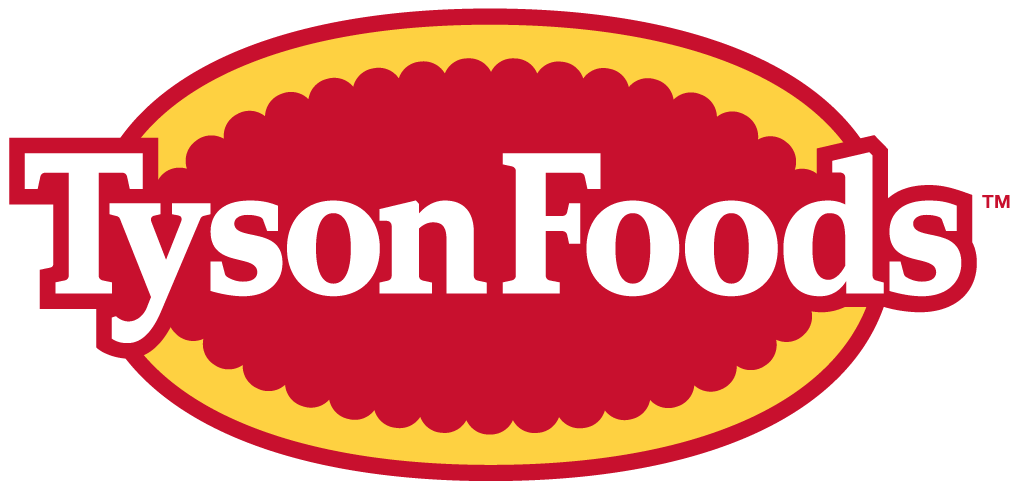- Tyson Foods reported a revenue of $13.07 billion, missing the estimated $13.38 billion.
- The company’s EPS of $0.92 exceeded expectations, with a positive surprise of 8.24%.
- Despite the earnings beat, Tyson’s stock experienced a sharp decline of 9.5%, indicating bearish market sentiment.
Tyson Foods, Inc. (NYSE:TSN) is a major player in the food industry, known for its production of chicken, beef, and pork. The company is a significant competitor in the market, alongside other giants like JBS and Cargill. On May 5, 2025, Tyson reported its earnings, revealing a revenue of $13.07 billion, slightly below the estimated $13.38 billion.
Despite the revenue miss, Tyson’s earnings per share (EPS) of $0.92 exceeded expectations, surpassing the consensus estimate of $0.85. This represents a significant increase from the $0.62 EPS reported a year ago, delivering a positive surprise of 8.24%. However, the company’s profits have decreased compared to the same quarter last year, contributing to a negative market sentiment.
The stock experienced a sharp decline, dropping 9.5% to $54.99, marking its worst day in two years. This downturn has pushed Tyson Foods to its lowest trading levels since January, with the stock now below all short- and long-term trendlines, ranging from the 20- to 320-day moving averages. The revenue shortfall, despite the earnings beat, has led to bearish sentiment among traders.
In the options market, there has been a surge in activity, with 2,418 calls and 6,454 puts traded, which is 3.6 times the average daily options volume. The most popular options are the June 57.50 put and the May 55 put, indicating bearish sentiment among traders. This reflects concerns about Tyson’s future performance and its ability to meet market expectations.
Tyson Foods’ financial metrics provide insight into its valuation and financial health. The company has a price-to-earnings (P/E) ratio of approximately 21.65, indicating the price investors are willing to pay for each dollar of earnings. Its price-to-sales ratio stands at about 0.37, suggesting that investors are paying $0.37 for every dollar of sales. Tyson’s debt-to-equity ratio of about 0.49 shows a moderate level of debt compared to its equity, while a current ratio of approximately 1.67 suggests good liquidity to cover short-term liabilities.




